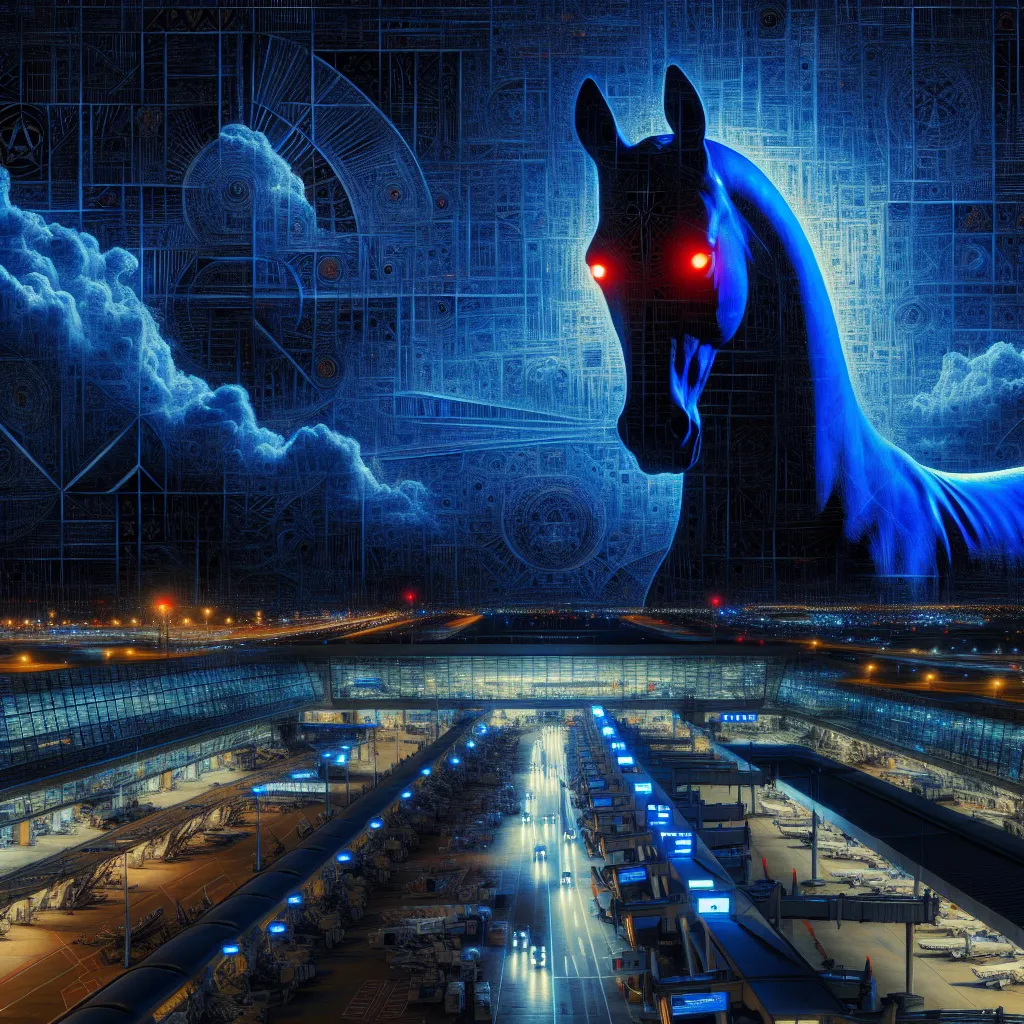When we think about dark matter, the first images that come to mind are of distant galaxies, cosmic backgrounds, and the intricate dance of celestial bodies. However, a fascinating and somewhat unconventional theory suggests that the key to understanding this elusive substance might lie much closer to home – in the bioluminescent glow of certain living organisms.
Imagine diving into the depths of the ocean, where the darkness is punctuated only by the soft glow of deep-sea creatures. Or picture a summer evening, with fireflies lighting up the night like tiny stars. These organisms have long been a source of wonder, but what if their bioluminescence is more than just a natural light show? What if it’s a response to something we can’t see – dark matter?
Dark matter, as we know, is a mysterious form of matter that makes up about 80% of the universe’s mass but doesn’t interact with light or other electromagnetic radiation. It’s invisible, yet its presence is felt through its gravitational effects on galaxies and stars. Scientists have been searching for ways to detect dark matter for decades, but so far, it remains one of the universe’s biggest enigmas.
The idea that bioluminescent organisms could be reacting to dark matter particles is both intriguing and complex. Let’s start with the basics: bioluminescence is the production and emission of light by living organisms. It’s a natural process that involves a series of chemical reactions, often triggered by environmental factors. However, if we consider the possibility that these reactions could be influenced by dark matter, we enter a realm that blurs the lines between biology and cosmology.
One of the key arguments for this hypothesis is the seemingly random patterns in which some bioluminescent organisms glow. Fireflies, for example, flash their lights in what appears to be a random sequence, but what if this randomness is actually a response to an invisible stimulus? Similarly, deep-sea creatures like jellyfish and certain types of plankton emit light in patterns that could be more than just a form of communication or defense.
To understand how this could work, we need to delve into the nature of dark matter itself. Dark matter is thought to be composed of particles that interact very weakly with ordinary matter, making them extremely difficult to detect. However, these particles are not completely invisible; they could potentially interact with matter in ways that produce subtle effects.
Imagine a scenario where dark matter particles pass through the Earth, interacting with the biological systems of certain organisms. These interactions could trigger the bioluminescent pathways in these creatures, causing them to glow in response to the presence of dark matter. It’s a speculative idea, but one that opens up a new avenue for detecting and studying dark matter.
For instance, consider the case of the cosmic optical background, a faint luminescence observed between the stars. Scientists have found that this light is significantly brighter than expected, and one possible explanation is that it could be a by-product of dark matter interactions. If bioluminescent organisms are indeed reacting to dark matter, their glow could be a microcosmic version of this cosmic phenomenon.
Another example comes from the center of the Milky Way, where a mysterious glow has been observed. This glow, known as the galactic center excess, could be caused by annihilating dark matter particles. If similar processes are occurring in bioluminescent organisms, it could provide a unique window into the behavior of dark matter at a much smaller scale.
The study of dark matter is often associated with high-energy particle colliders and sophisticated astronomical instruments. However, the bioluminescent dark matter hypothesis suggests that nature might be providing us with natural detectors that are far more accessible. By studying the patterns and triggers of bioluminescence, scientists might uncover clues about the presence and behavior of dark matter.
This idea is not without its challenges. For one, it requires a deep understanding of both the biological processes involved in bioluminescence and the theoretical models of dark matter. It also necessitates a way to distinguish between the natural triggers of bioluminescence and any potential dark matter-induced effects.
Despite these challenges, the potential rewards are significant. If bioluminescent organisms are indeed reacting to dark matter, it could provide a new method for detecting and studying this elusive substance. It could also reveal new insights into the interconnectedness of the universe, showing how cosmic phenomena can influence life on Earth in subtle yet profound ways.
The journey to explore this hypothesis is just beginning. Scientists would need to conduct detailed studies of bioluminescent organisms, looking for patterns that could be correlated with dark matter interactions. This might involve monitoring the glow of deep-sea creatures over long periods, analyzing the flash patterns of fireflies, or even experimenting with controlled environments to see if bioluminescence can be triggered by simulated dark matter interactions.
As we delve deeper into this fascinating theory, we are reminded of the vast mysteries that still surround us. The universe is full of enigmas, and sometimes the answers lie in the most unexpected places. By exploring the bioluminescent dark matter hypothesis, we are not just searching for a new way to detect dark matter; we are also uncovering the intricate web of connections that binds the cosmos and life together.
In the end, whether or not bioluminescent organisms are reacting to dark matter, the pursuit of this idea is a testament to human curiosity and the boundless wonders of the universe. It challenges us to think beyond the conventional boundaries of science and to see the world in a new light – literally. So, the next time you see a firefly flash its light or a jellyfish glow in the dark, remember that there might be more to that light than meets the eye, and that nature could be quietly revealing cosmic secrets right before us.






